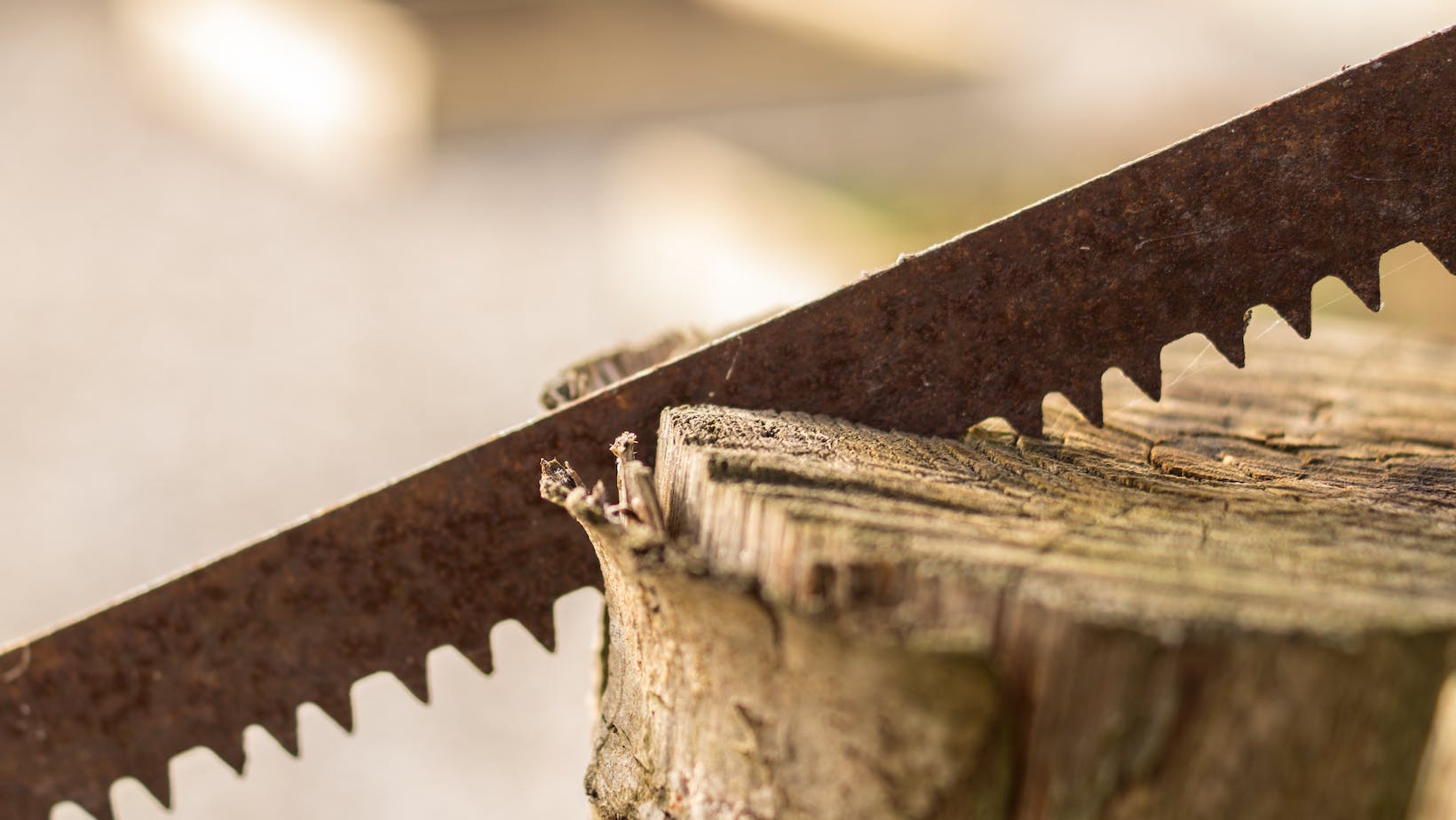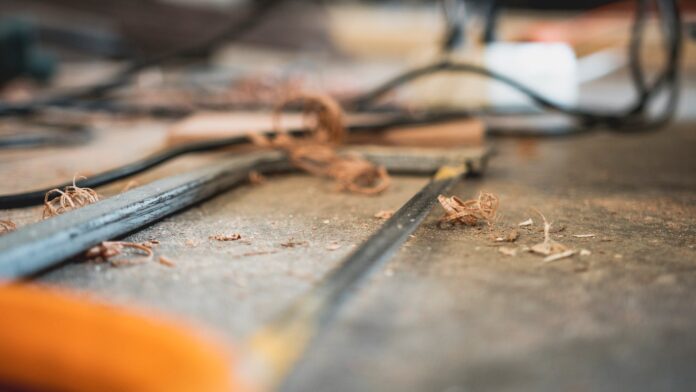When Cutting With a Circular Saw Grip the Saw Handles
When it comes to working with power tools, safety and precision are paramount. As a seasoned DIY enthusiast, I’ve learned the importance of mastering the right grip when using a circular saw. It’s not just about making the cut; it’s about doing it safely and accurately.
The circular saw is a versatile tool that can be intimidating for beginners. But, with the right grip, you’ll be making smooth, straight cuts in no time. Gripping the saw properly can significantly reduce the risk of accidents and ensure you get the most out of your tool.
In this article, I’ll be sharing my top tips on how to grip a circular saw. You’ll learn the basics of handling this powerful tool, as well as some insider tricks I’ve picked up over the years. So, whether you’re a novice DIYer or a seasoned pro, there’s something here for you.
Why Grip is Important when Cutting with a Circular Saw
A firm grip on your circular saw is more than just a safety measure. It’s an essential part of achieving precise and clean cuts. Understanding this importance is key to mastering the art of using a circular saw.
Firstly, a proper grip ensures your safety. Circular saws are powerful tools and can be dangerous if not handled correctly. A loose grip can lead to the saw kicking back or the blade binding up. Both scenarios can result in injury. By maintaining a firm grip, you’re taking the necessary precautions to reduce the risk of accidents.
Secondly, a good grip equates to greater precision. When you have a firm hold on your saw, it’s easier to guide it along your cut line accurately. This precision is especially critical for tasks that require detailed or intricate cuts.
Finally, the way you grip your circular saw can impact the quality of your cuts. A shaky hand or a loose grip can lead to rough, jagged edges. On the other hand, a firm grip helps ensure smooth, clean cuts every time.
Mastering the right grip isn’t just about safety – it’s about getting the most out of your tool. Whether you’re a novice DIY enthusiast or an experienced professional, understanding the importance of a good grip should be a fundamental part of your circular saw usage.

Proper Hand Placement for Optimal Control
When it comes to handling a circular saw, it’s all about the grip. This is not just for safety but also for precision. A proper grip is as critical as the blade you use. A slip can cause a severe accident, while a firm grip not only prevents accidents but also improves the precision of your cuts.
Firstly, let’s talk about the dominant hand. This should be the one holding the saw. Your dominant hand will provide the control needed for precise cuts. It should grip the handle firmly but without straining. Remember, it’s a marathon, not a sprint. Long hours of work require a relaxed but firm grip.Onto the nondominant hand. This is the support hand. It should rest on the saw shoe but never close to the blade. It helps guide the saw along the cut line.
Finally, always ensure your footing is stable. Your feet should be shoulder-width apart. This stance provides stability and allows for controlled movement while making cuts.
Mastering these basic grip techniques will make a huge difference to your work. You’ll see a reduction in accidents and an improvement in the quality of your cuts. It’s worth taking the time to practice and perfect your grip. It’s all part of becoming a skilled DIY enthusiast.
Mastering the art of gripping a circular saw is a game-changer. It’s not just about preventing accidents—it’s also about making precise, clean cuts every time. As we’ve discussed, your dominant hand should be in control, while your non-dominant hand rests on the saw shoe for guidance.
Understanding the anatomy of your circular saw is key. Each part has a role to play and knowing these parts inside and out will help you use the tool effectively.
But remember, it all starts with a firm grip. This simple yet crucial step reduces the risk of accidents, enables greater precision, and ultimately improves the quality of your cuts. So next time you pick up that circular saw, make sure you’ve got your grip down pat. Your safety—and your work—depends on it.


